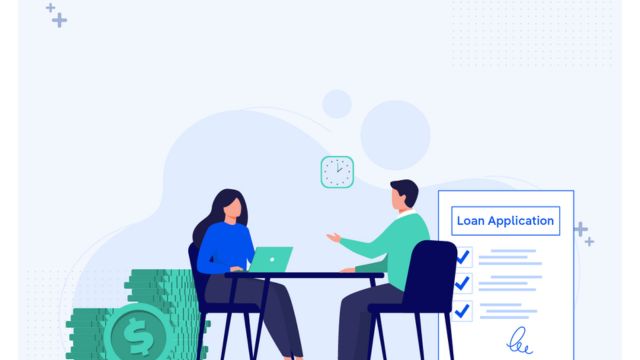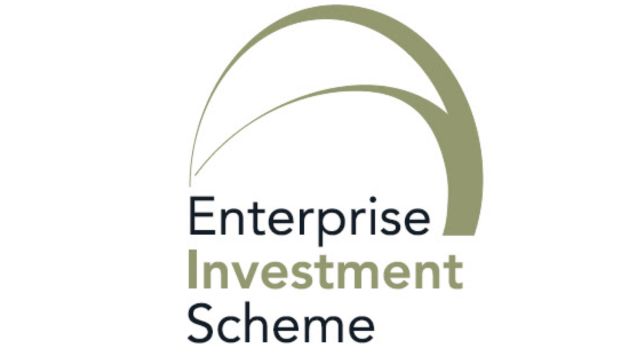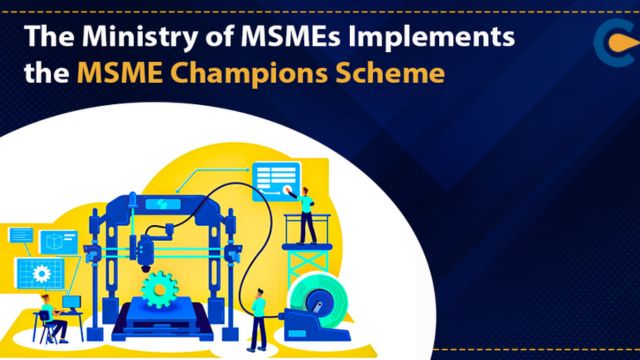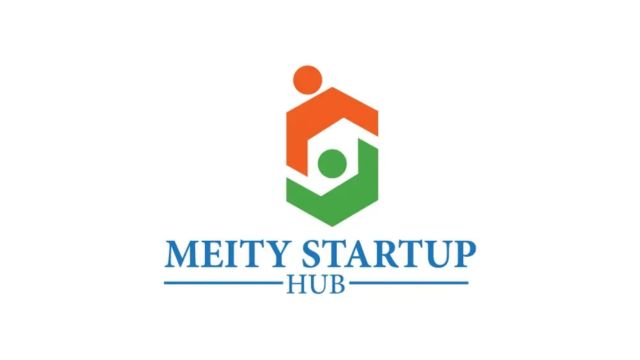Governments all around are using technology to streamline financing availability for small and medium-sized firms as digital economies develop and entrepreneurship gets more inclusive. Now one of the most easily available financial tools available through government websites are digital business loans, applied for and handled totally online.
Outlining main criteria, procedures, and advantages available in 2025, this article offers a trustworthy step-by-step approach to acquiring a digital business loan using official channels. There are also many schemes available for women to start a new business.
What Is a Digital Business Loan?
A digital business loan is credit support given to companies through online government websites. These loans are designed particularly to:
- Support startups, small and micro enterprises, and women-led ventures
- Promote financial inclusion, especially in rural and underserved regions
- Streamline application and approval processes using e-KYC and digital verification
- Minimize paperwork, waiting time, and physical visits to financial institutions
Government portals often collaborate with licensed banks, non-banking financial companies (NBFCs), and fintech partners to deliver funding directly to eligible applicants.
Step-by-Step Process to Get a Digital Business Loan from Government Portals

1. Register Your Business on the Government Portal
The first step is to ensure your business is formally registered. Most official portals require:
- A valid business registration certificate or trade license
- Owner identification (such as a national ID or business tax number)
- Proof of address and business bank account details
Some platforms also request information about your sector (e.g., manufacturing, services, agriculture) and turnover to match you with the appropriate funding schemes.
2. Choose the Right Government Loan Scheme
Most government portals offer a range of loan schemes catering to different business stages and sectors. Common categories include:
- Startup seed funding programs
- Micro-credit and working capital schemes for MSMEs
- Collateral-free loans under public credit guarantee frameworks
- Emergency or recovery loans post-economic disruptions
Applicants should carefully review eligibility conditions such as operational history, revenue benchmarks, and ownership structure before selecting a scheme.
3. Fill Out the Digital Loan Application
Once you identify a relevant scheme, the portal will provide an online application form. You will typically be required to:
- Enter business and contact details
- Specify the loan amount and intended usage
- Upload required documents (business proof, ID, bank statements, tax returns)
- Submit a brief business plan or projection, if mandated
Ensure all uploads are clear and in the correct format (usually PDF or JPG). Incomplete or incorrect submissions may lead to delays or rejection.
4. Complete e-KYC and Verification
After submission, the portal will initiate an electronic Know Your Customer (e-KYC) verification process. This may involve:
- Linking your application to national identification databases
- Verifying your phone number and email address
- Cross-checking ownership through business and banking documents
This step is automated in most countries and generally completed within 48 to 72 hours.
5. Review, Approval, and Fund Disbursement
Once verified, the loan application is evaluated by a designated public sector bank or partner financial institution. Approval time varies depending on the scheme, but many portals now offer response times of 3 to 7 business days.
Upon approval, you will receive:
- A digital sanction letter outlining loan amount, interest rate, and repayment terms
- Instructions to digitally sign the agreement using OTP or e-signature
- Confirmation of fund disbursement directly to your business bank account
Some portals also provide access to post-loan support services such as financial management tools, mentorship, and reporting dashboards. Government also provides financial literacy programs.
Key Features of Digital Government Loan Schemes in 2025
- Fully online application and approval processes
- Reduced collateral requirements for micro and small businesses
- Competitive interest rates, often subsidized by government funds
- Faster turnaround time compared to conventional banking channels
- Integrated support for business development and capacity building
These features make digital government loans especially attractive for first-time entrepreneurs, women-led ventures, and rural enterprises.
Important Considerations Before Applying
- Ensure your business bank account and registration details are consistent and up to date
- Maintain basic financial records to support eligibility and future audits
- Use the funds only for approved business purposes as outlined in your application
- Keep track of deadlines for EMI payments and scheme renewals
Some countries may also evaluate your digital credit history, so responsible usage of existing credit lines can improve your chances of approval.
Conclusion
Government portal-based digital business loans are changing small and medium business access to financial support. These programs are meant to empower the next generation of entrepreneurs in a technologically linked economy by means of lowered paperwork, faster processing, and inclusive eligibility criteria.
Official digital loan programs in 2025 provide a rapid and dependable route to sustainable development whether your company is home-based or wants to expand your offerings to other markets.
On DigitalIndiaMIB.com, your reliable source for government-backed business solutions, keep informed on the newest programs, application deadlines, and financial tools.













